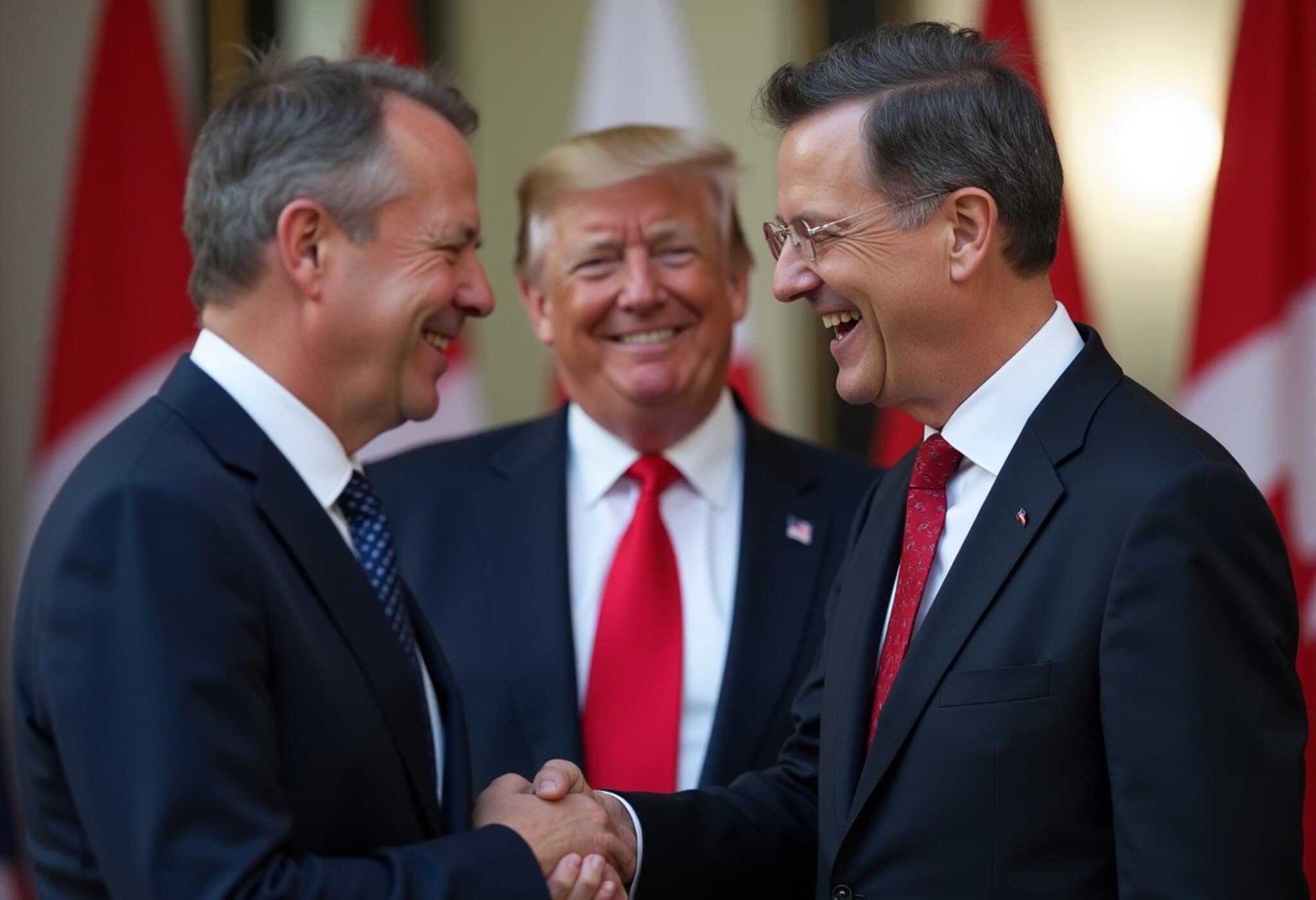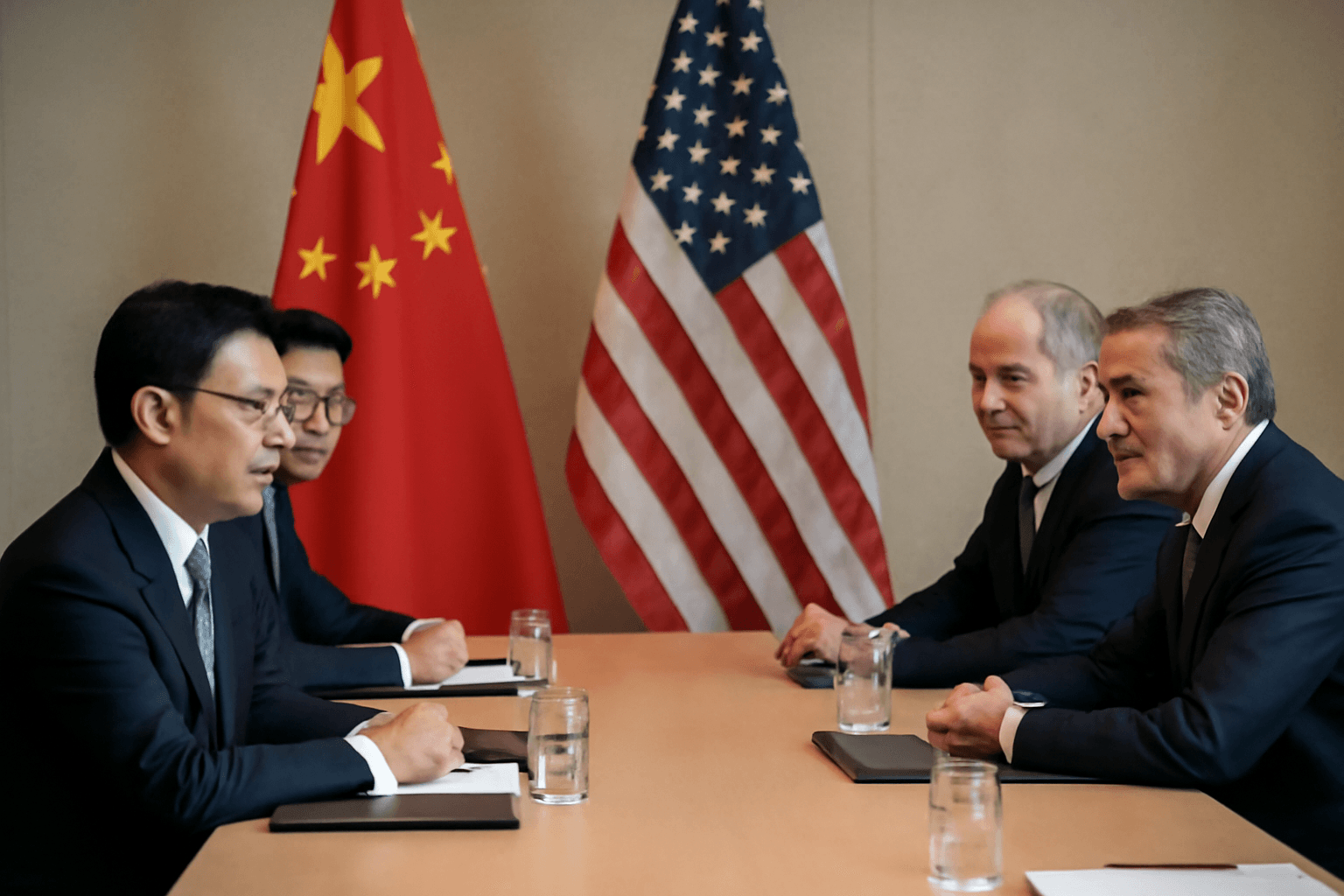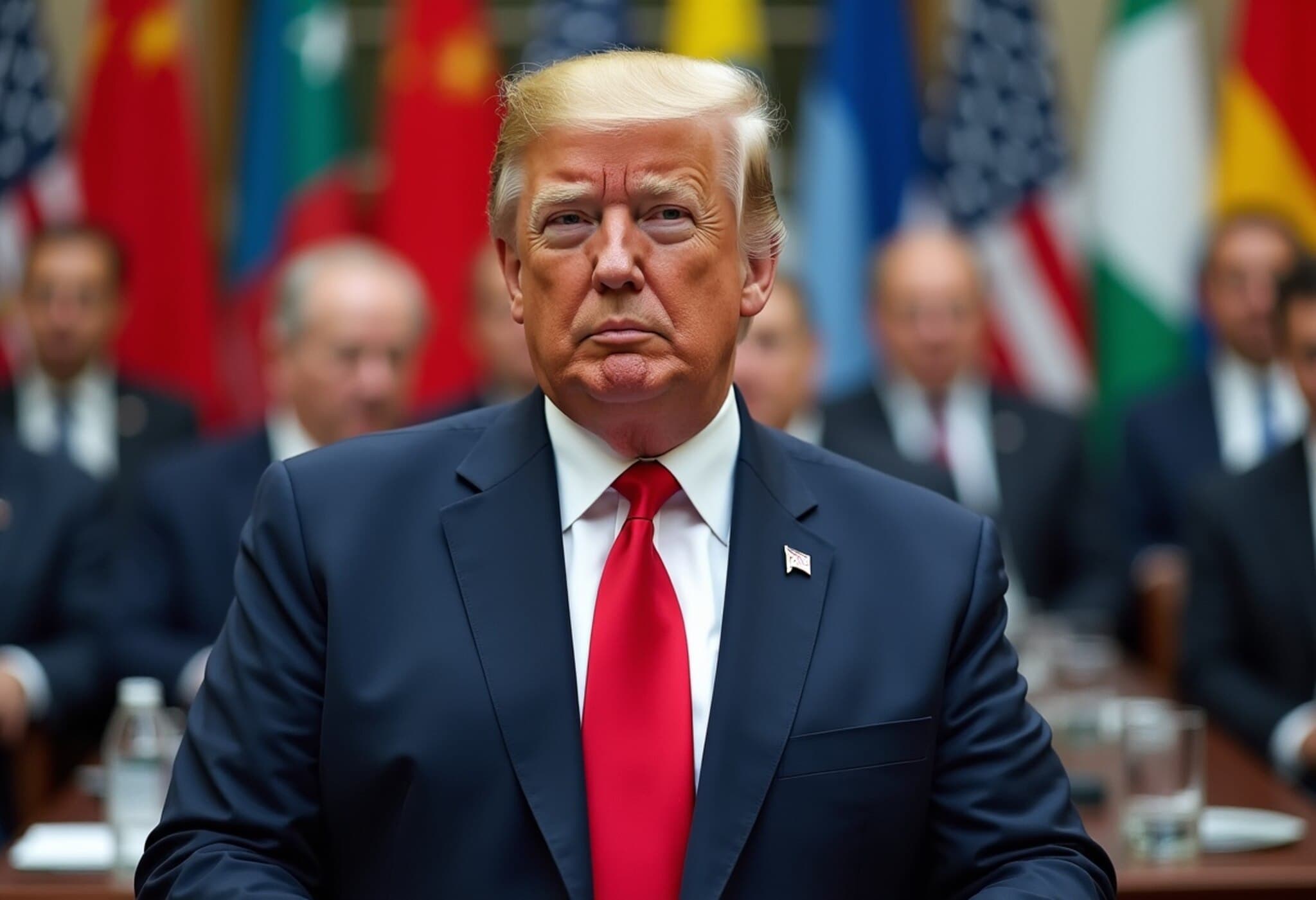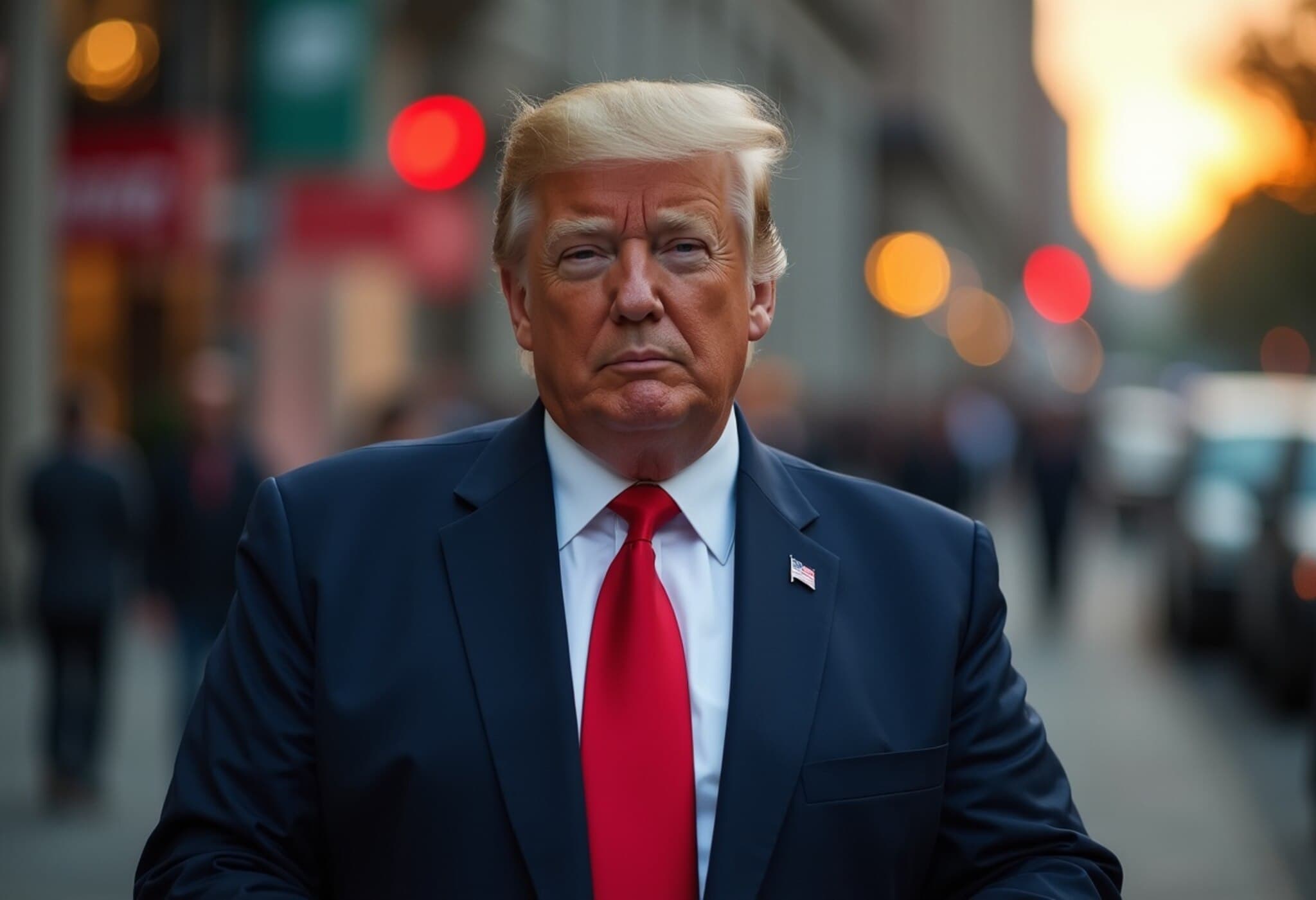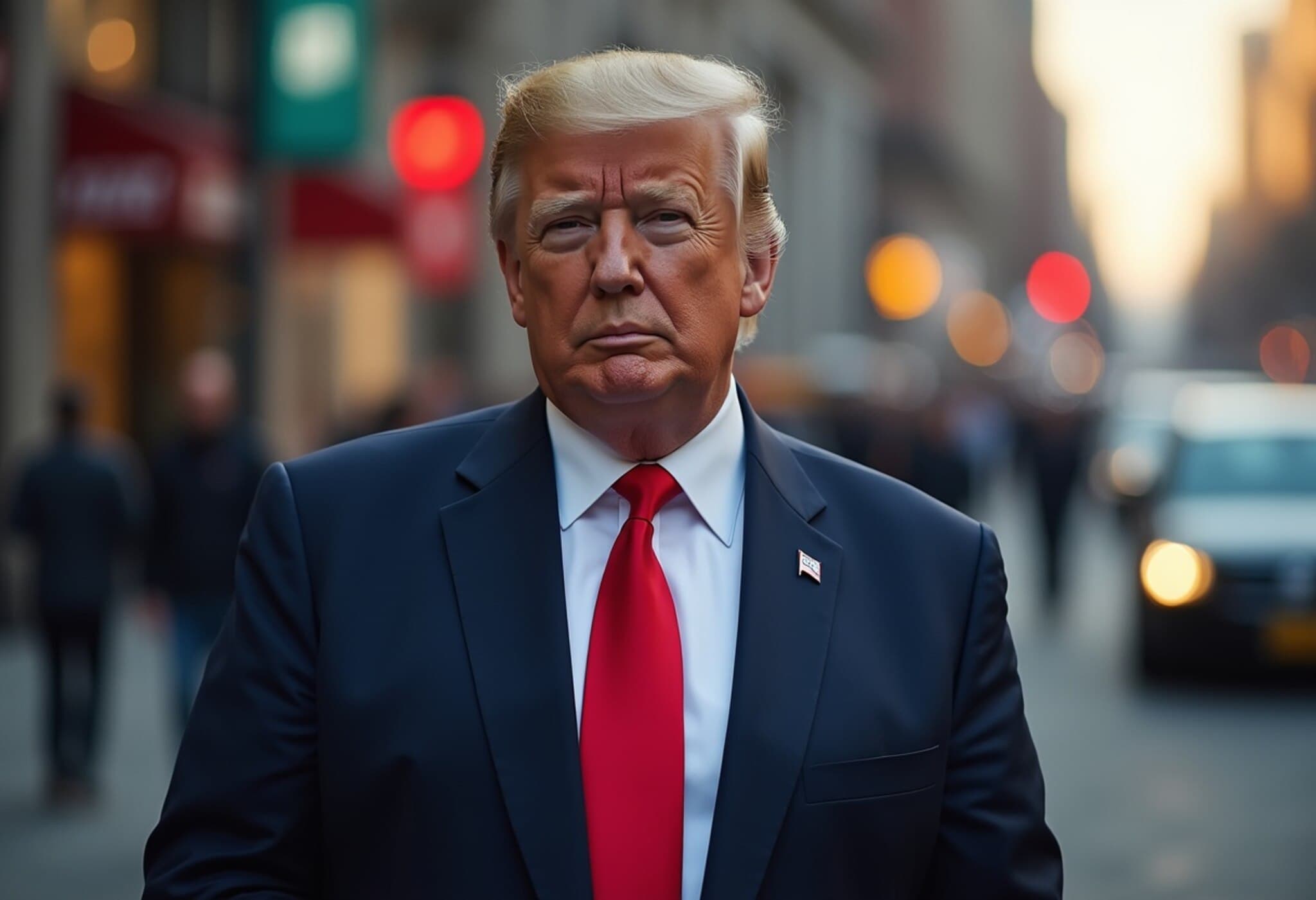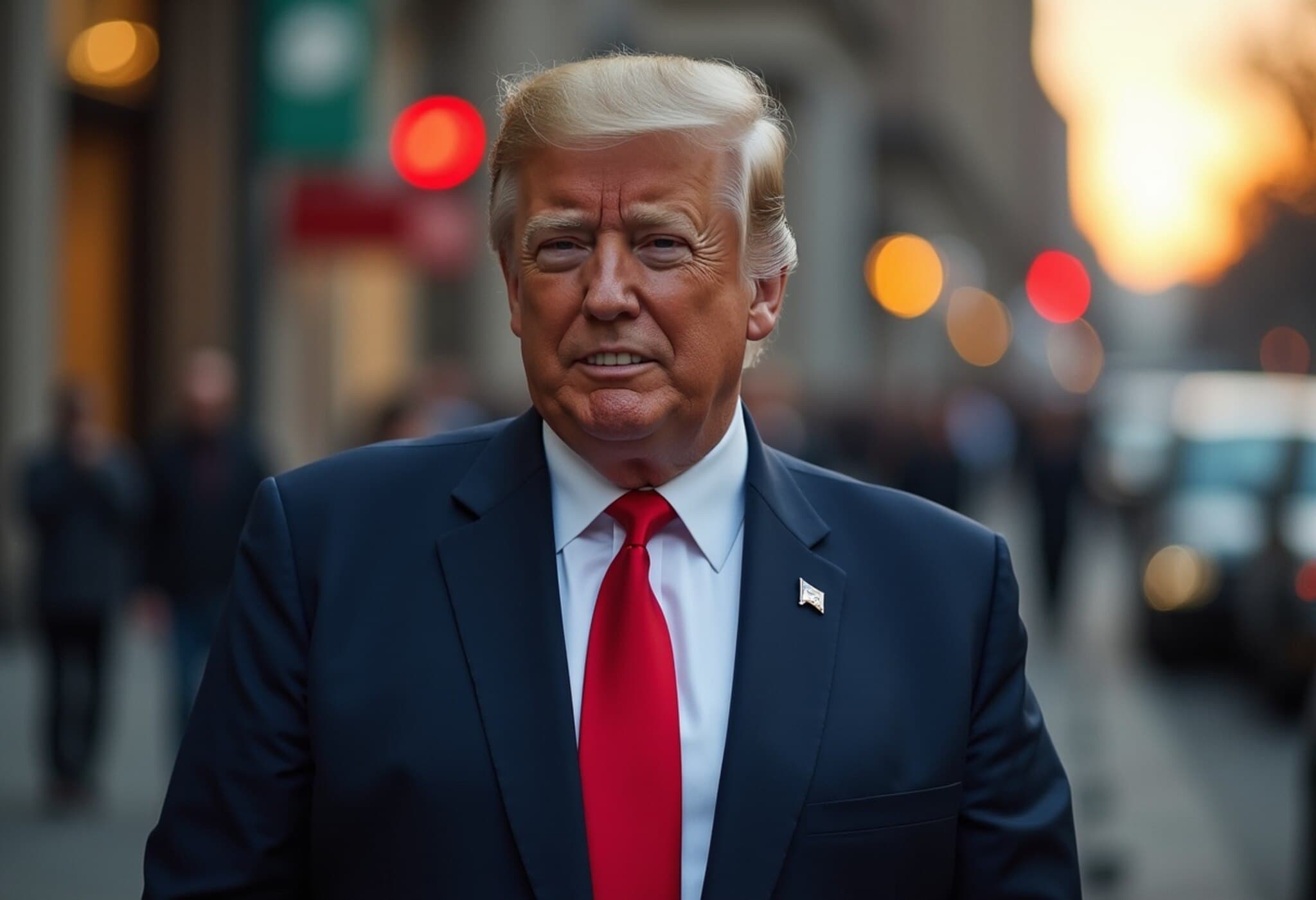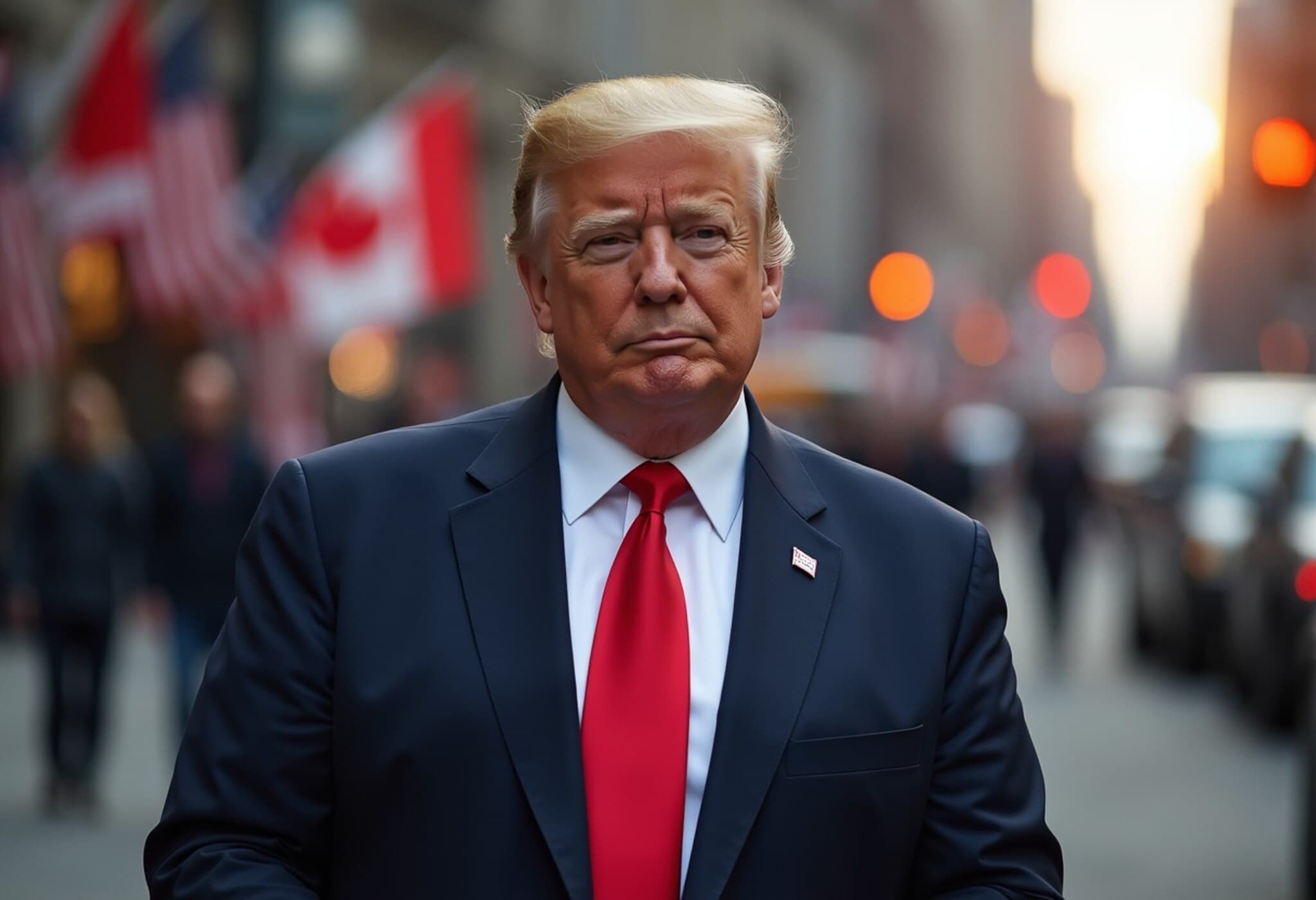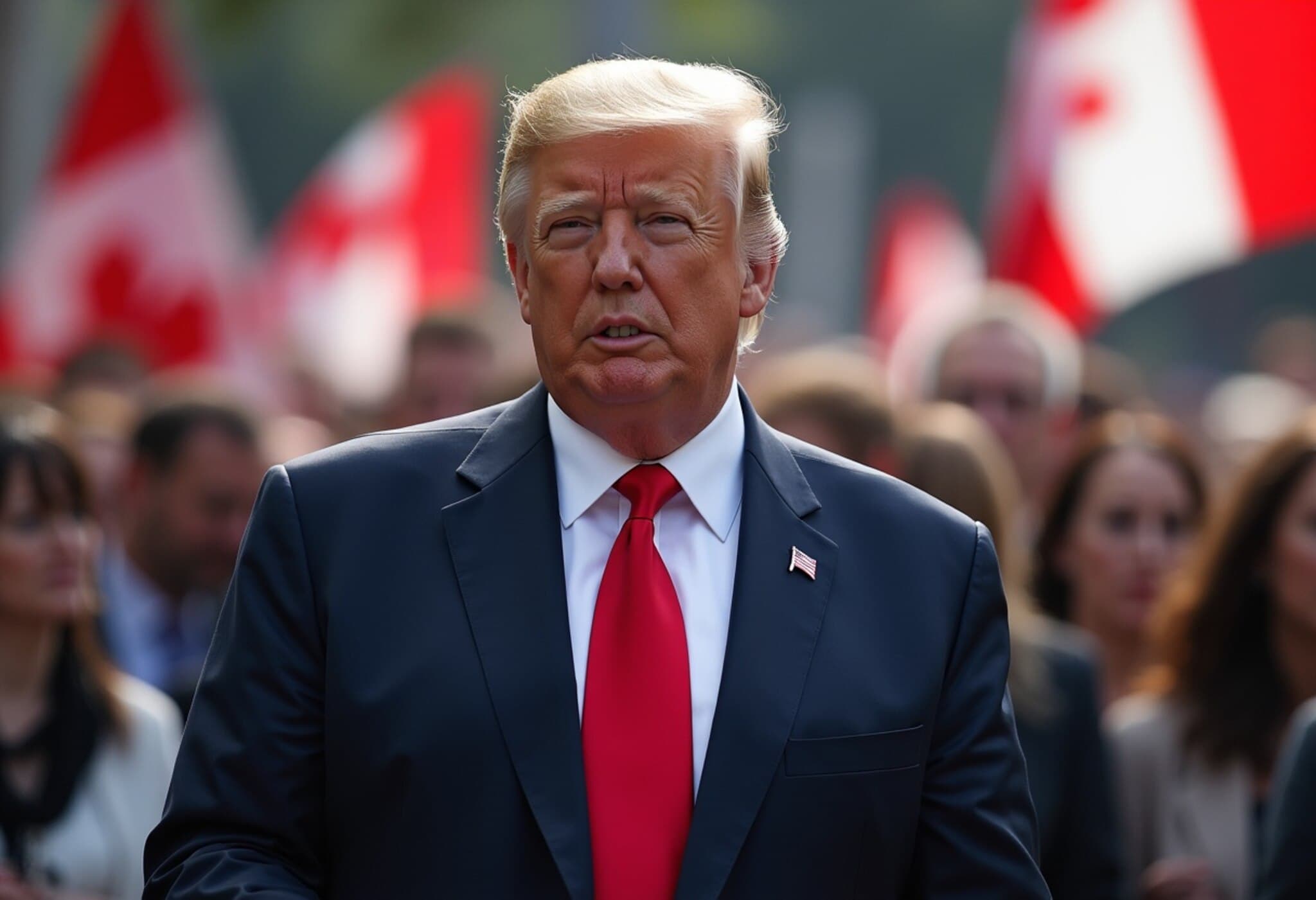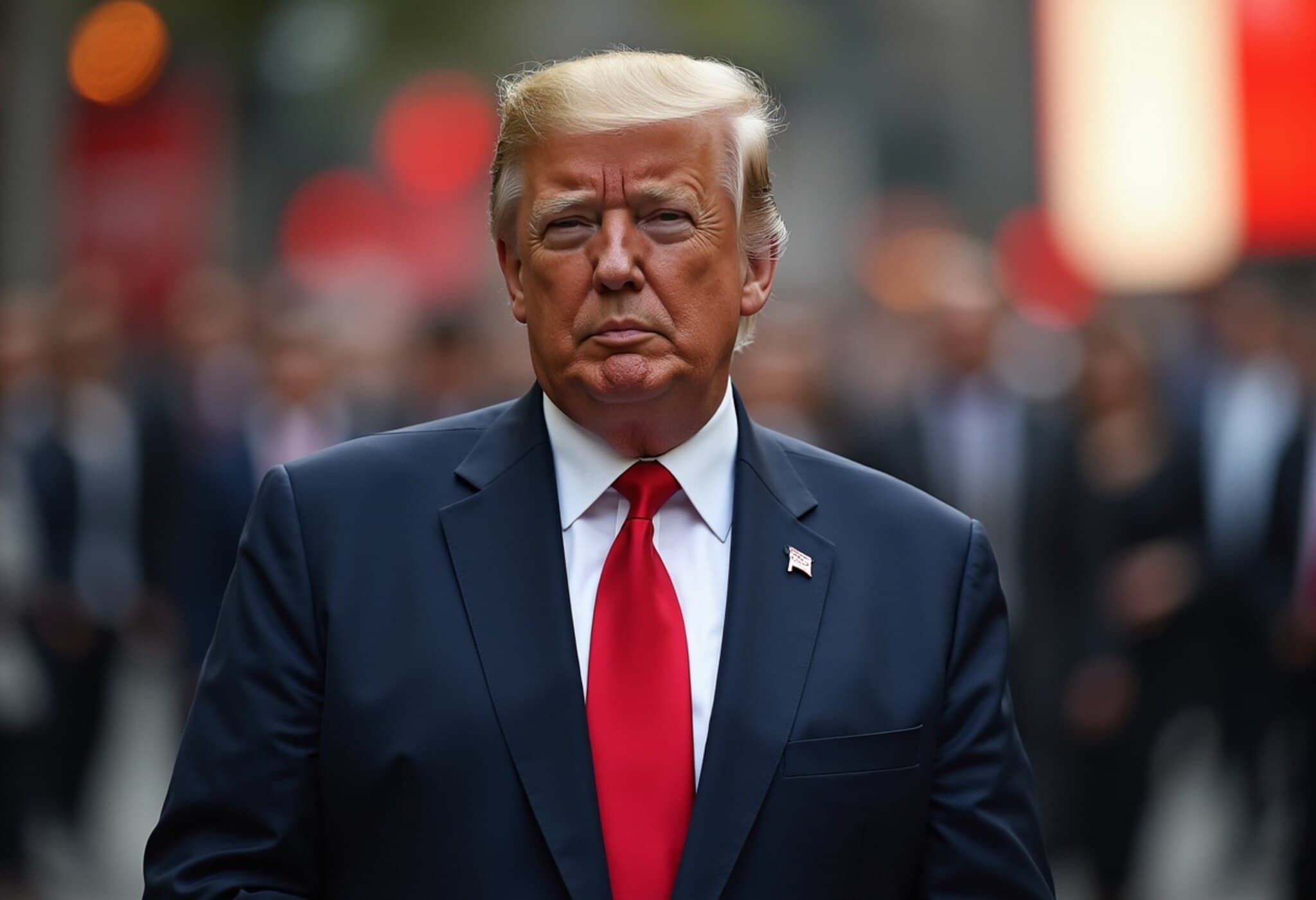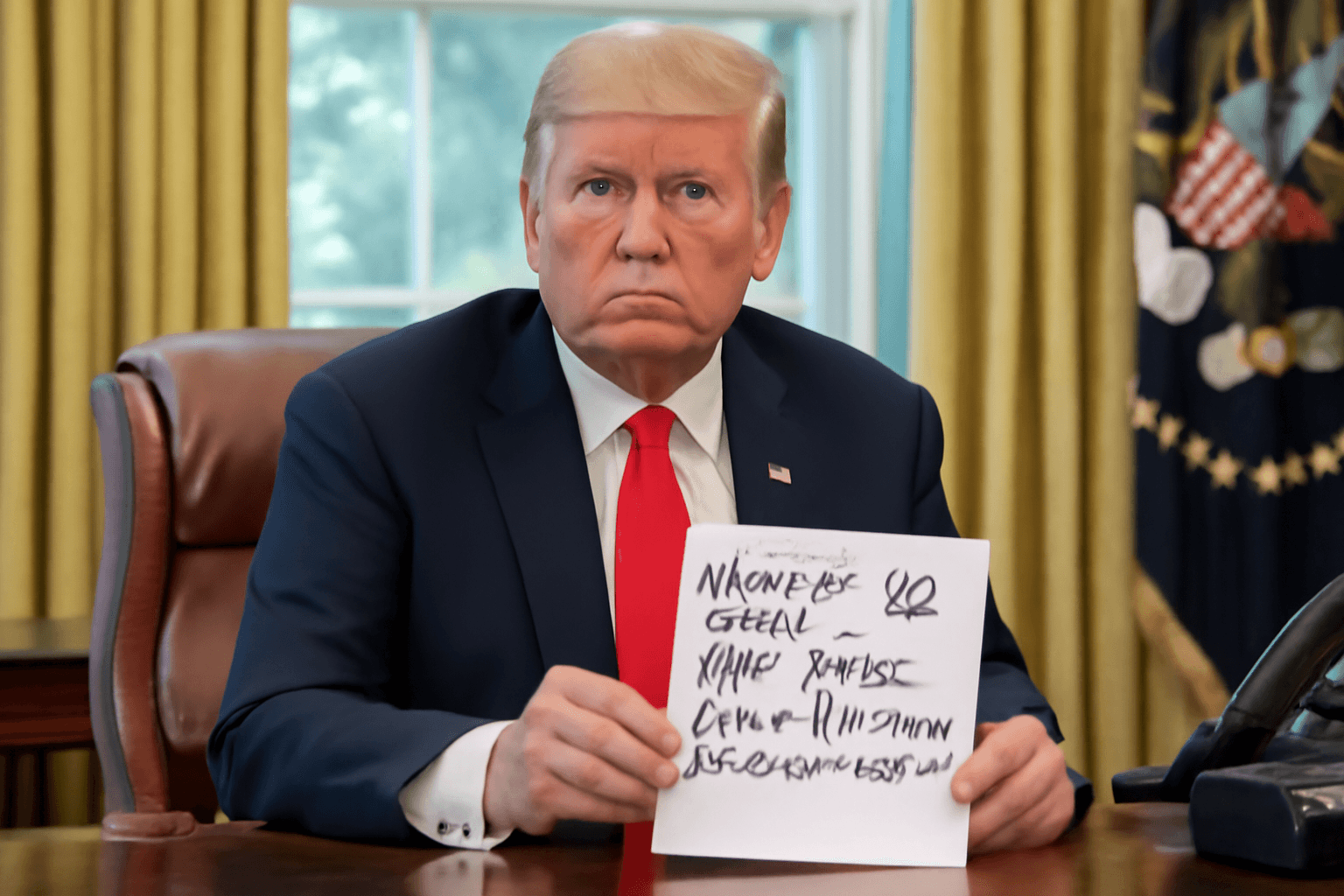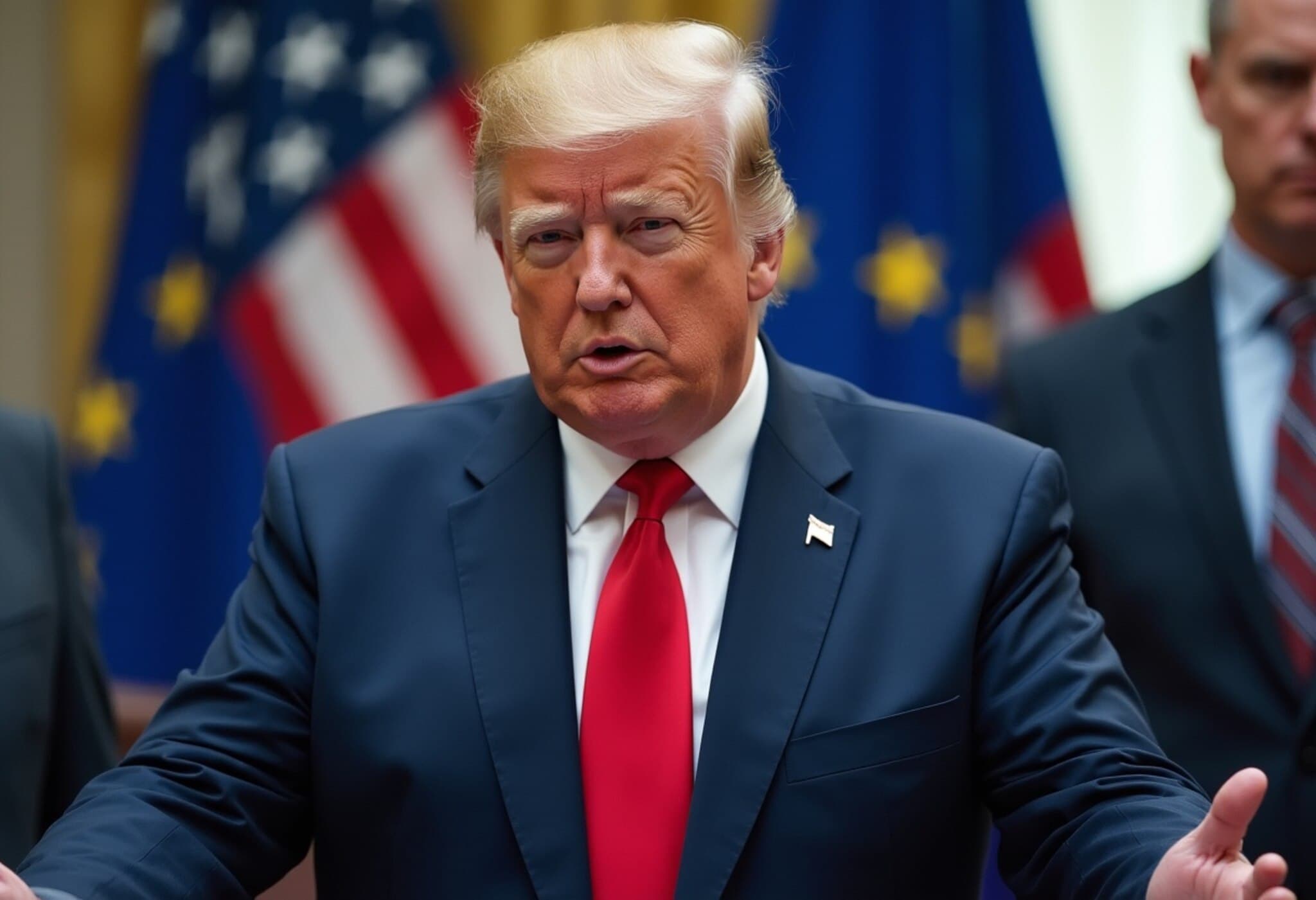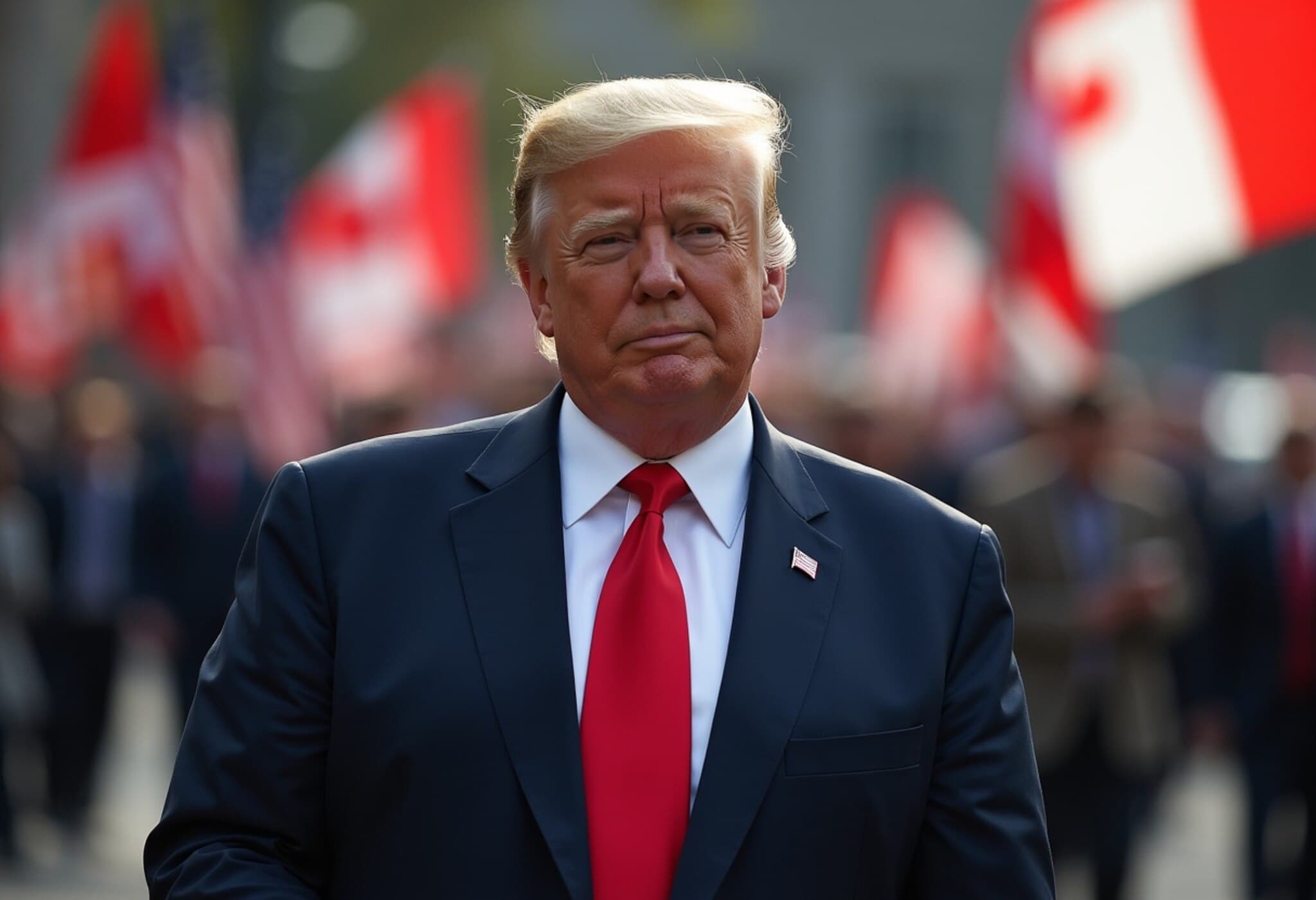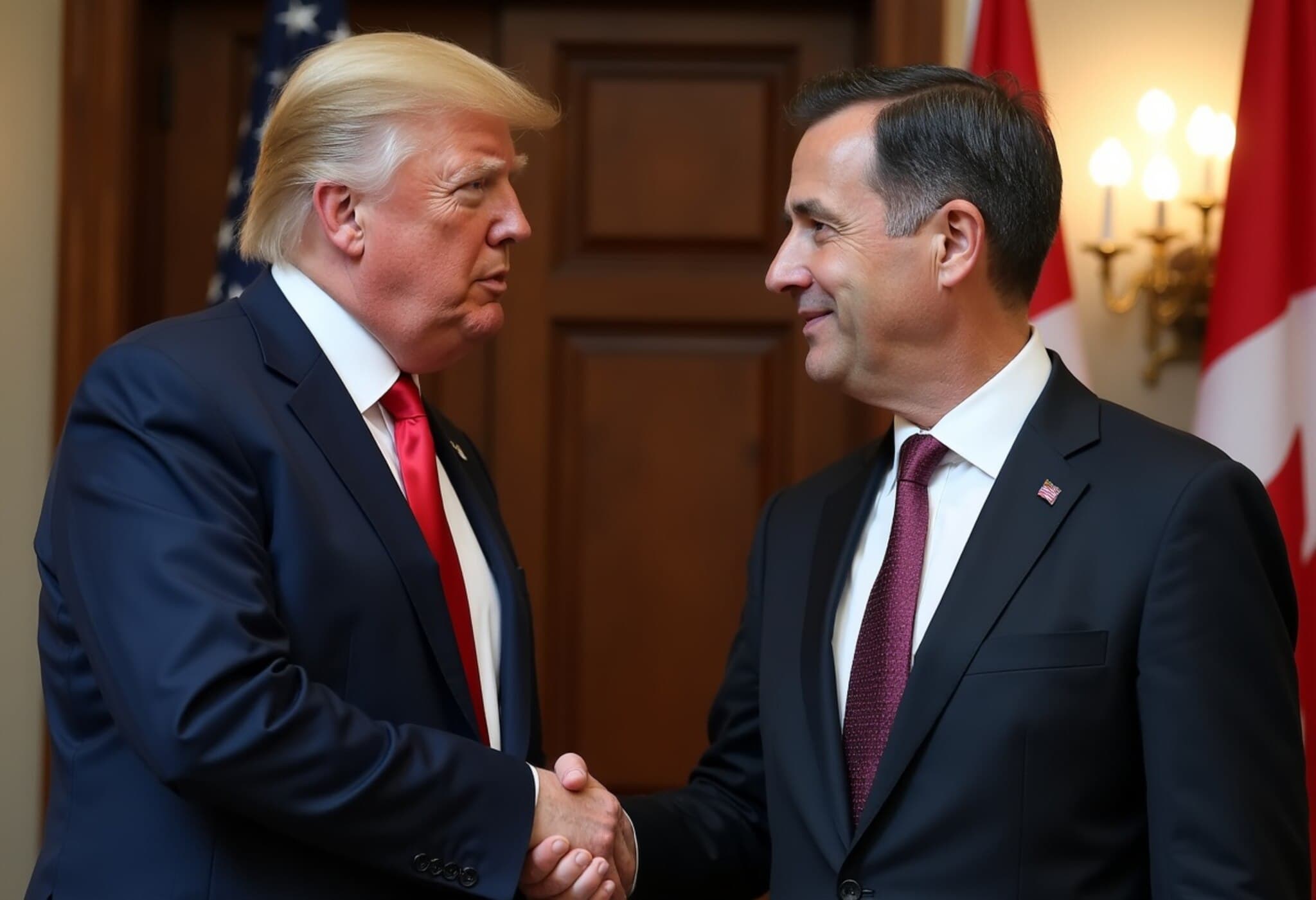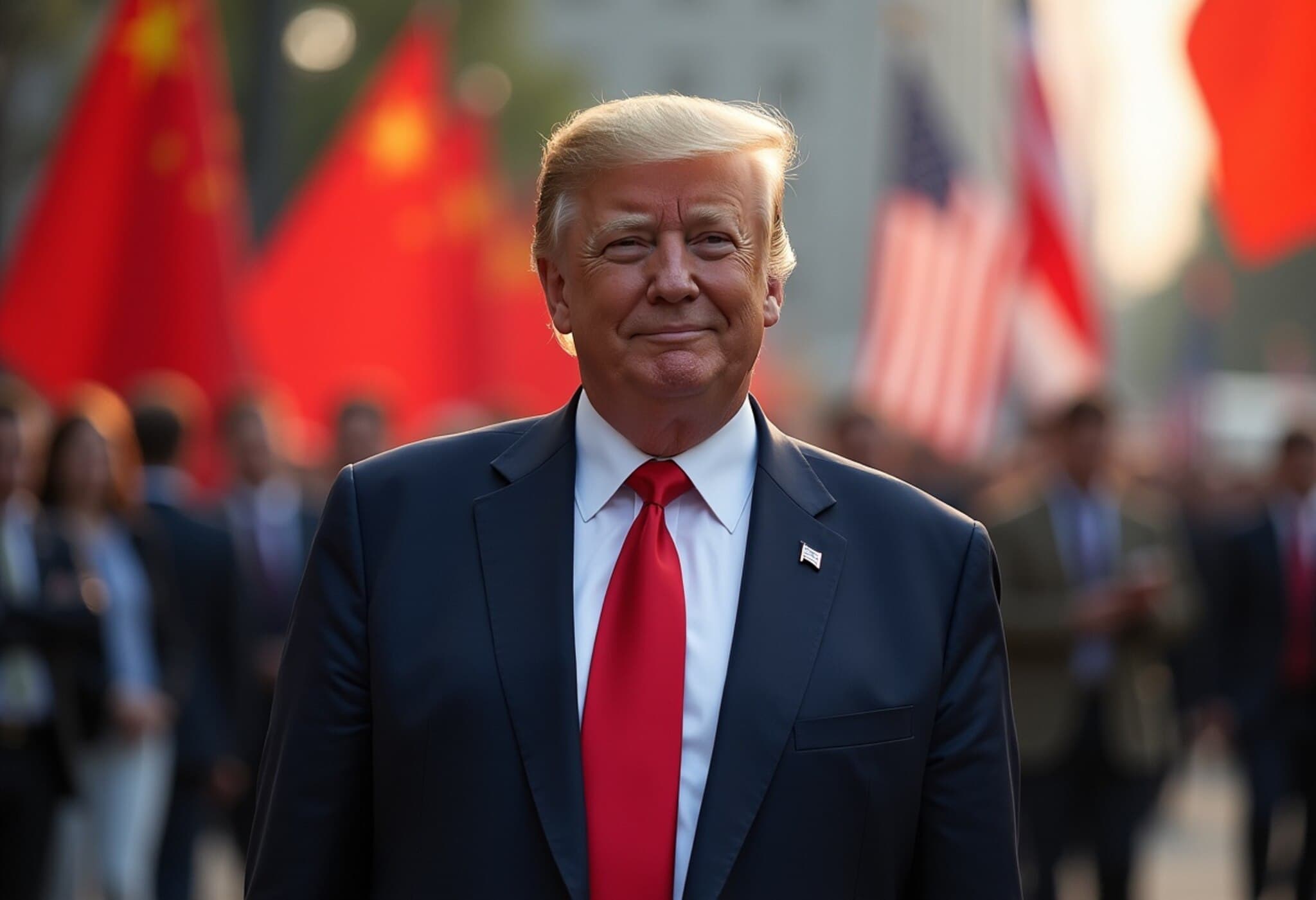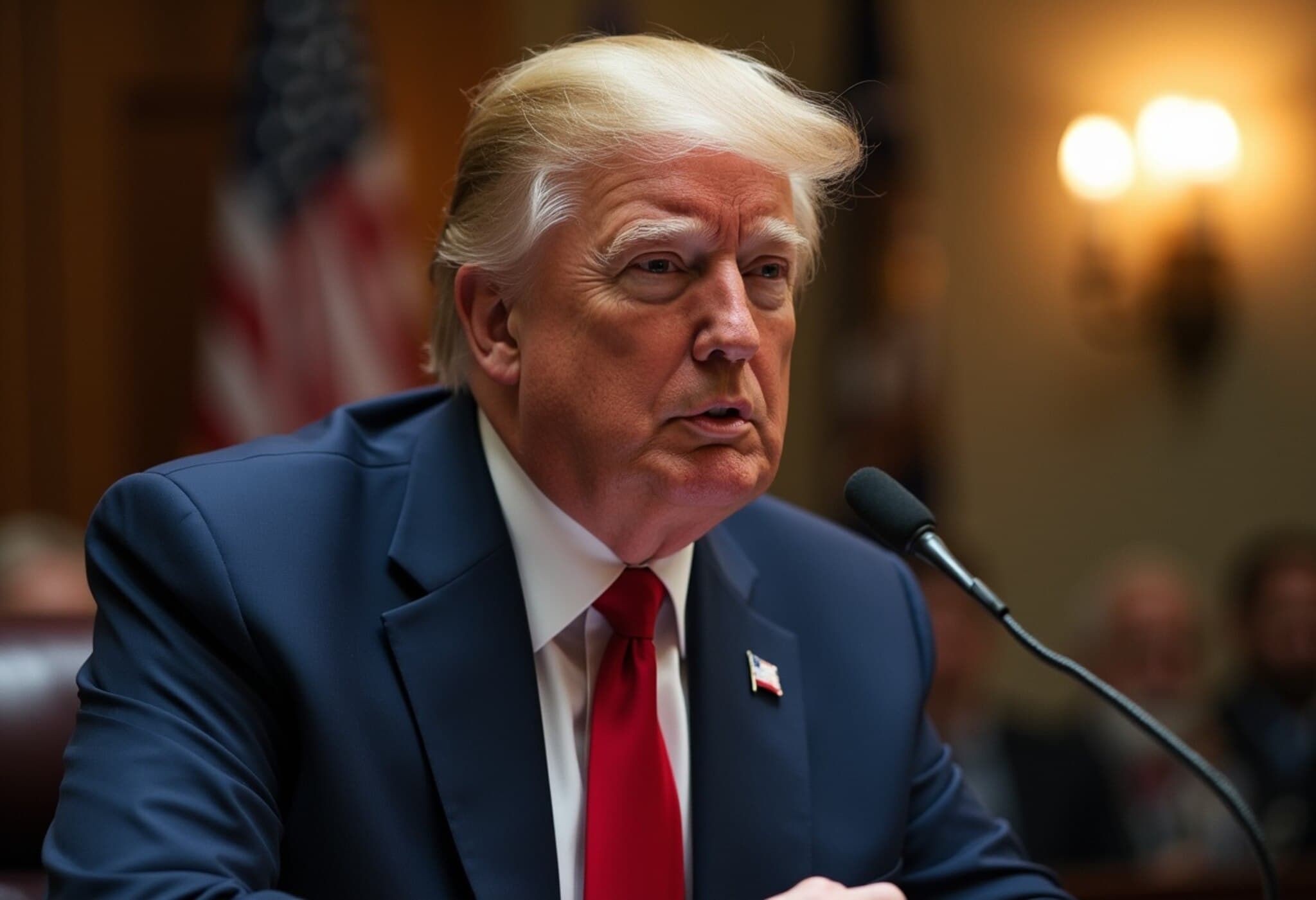US-Canada Trade Standoff Intensifies Ahead of August 1 Tariff Deadline
In a renewed escalation of trade tensions between the United States and Canada, US President Donald Trump has set a firm deadline of August 1 to impose a hefty 35% tariff on Canadian goods if a new trade agreement is not reached. Speaking before his departure to Scotland, Trump expressed skepticism about reaching a deal, indicating that tariffs rather than negotiations appear to be America’s looming fallback strategy.
Trump’s Hardline Approach: Tariffs Over Talks
“We haven’t really had a lot of luck with Canada,” Trump commented, hinting at a possible preference for unilaterally applying tariffs over pursuing a negotiated settlement. This marks a significant intensification in trade conflict, especially considering existing tariffs from Washington: a 25% tariff on select Canadian goods, a 50% levy on aluminum and steel imports, and a 25% duty on non-US built vehicles entering the American market.
Canada’s Defiant Stance Under Prime Minister Mark Carney
Contrasting sharply with the US stance, Canadian Prime Minister Mark Carney has made it clear that Ottawa will not succumb to pressured compromises. In a firm rebuttal, Carney said, “Canada will not accept a bad deal,” emphasizing the country’s commitment to protecting its economic interests without rushing into unfavorable terms.
The Stakes: Canada’s Export-Driven Economy in the Crosshairs
The US remains Canada’s largest trading partner, absorbing approximately 75% of Canadian exports. Among the sectors vulnerable to disruption, Canada’s automotive industry stands out due to intricate supply chains and close integration with US markets. An imposition of a 35% tariff could severely damage North American production networks and have cascading effects on jobs and economic growth on both sides of the border.
Trade Talks Progress and Broader Geopolitical Context
Negotiations between the two nations have been ongoing since Carney’s assumption of office in May. However, progress has been limited amid sharp policy differences and protectionist posturing. Meanwhile, Trump has pivoted to securing new agreements elsewhere — notably with Japan, which agreed to a 15% tariff in return for a significant $550 billion investment commitment in the US.
Expert Insight: What This Means for North American Trade
Trade analyst Dr. Laura Jennings from the International Trade Policy Institute notes, “The looming tariff deadline signals a strategic gamble by the Trump administration to leverage immediate economic pressure against Canada. However, the risk of disrupting one of the world’s most integrated trading blocs cannot be understated. Such tariffs could backfire by triggering retaliatory measures, hurting American industries dependent on Canadian supply chains.”
Moreover, from a legal perspective, the proposed tariffs raise questions about compliance with the North American trade agreements currently governing cross-border commerce. Although the 35% tariff would exclude goods covered under these pacts, the blanket use of tariffs on broader Canadian exports could provoke disputes in international trade forums, including the World Trade Organization (WTO).
Looking Ahead: Navigating a Complex Trade Landscape
As the August 1 deadline approaches, all eyes will be on Washington and Ottawa to see whether a last-minute deal can be brokered or whether tariff barriers will become the new norm in US-Canada trade relations. For businesses operating in the auto and manufacturing sectors, strategic planning and risk management are becoming increasingly critical.
Key Takeaways:
- President Trump sets August 1 as cutoff for a US-Canada trade deal.
- Failure to reach agreement could result in a sweeping 35% tariff on Canadian goods.
- Canada refuses rushed or unfavorable negotiations under Prime Minister Carney.
- Existing tariffs already impact steel, aluminum, and automotive imports.
- Potential economic repercussions threaten integrated North American supply chains.
Editor’s Note
This unfolding US-Canada trade dispute highlights how deeply interconnected economies face unprecedented challenges in an era of rising protectionism. While tariffs may appear to offer short-term leverage, their long-term impacts on jobs, innovation, and bilateral relations remain uncertain. Readers should consider how such geopolitical shifts affect global markets and everyday commerce – reminding us that trade policy decisions carry profound consequences far beyond the negotiating table.

